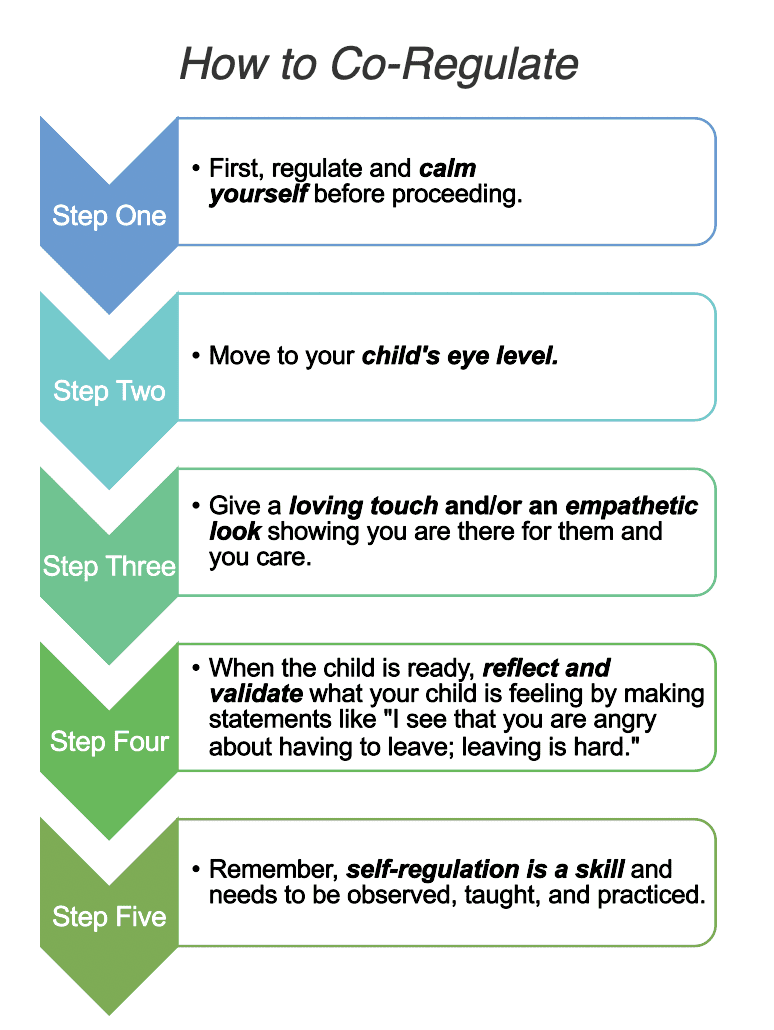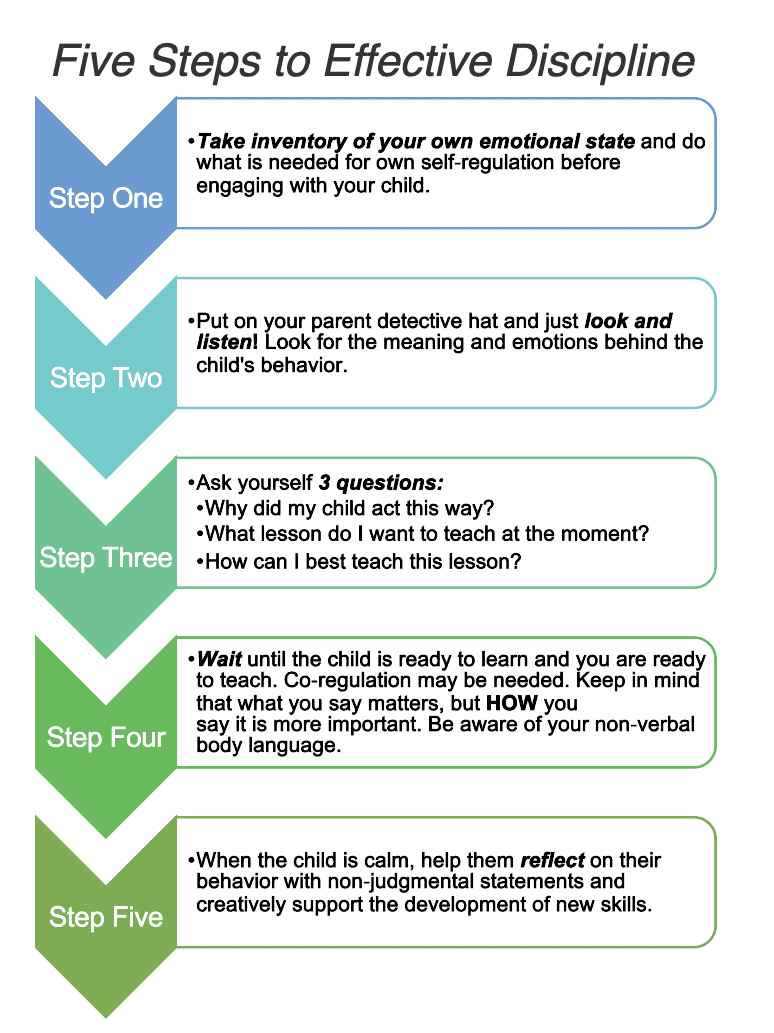
Do you have questions on parenting? … How do we go about raising confident and resilient children? How can I support my child's emotional well-being?
Every field has experienced an explosion of knowledge, and parenting is no different. With all of the demands that our day to day lives bring, who has the time and energy to sift through it all?
We are here to help!
We have summarized current knowledge and provided resources from experts in the field to create quick and easy pieces of information that build upon each other to support you on your parenting journey. Everything presented here is meant to help you better understand the why behind your child’s behavior. Here is a brief overview of what you can find on each page:
Behavior is Communication.
All children’s behavior is communication. In parenting, there has been a paradigm shift away from punishment and managing behavior to becoming more connected and responsive to our children.
All Emotions are Okay!
Childhood is filled with big emotions! We can help our children to better understand and express their emotions by supporting, modeling, and teaching.
Becoming A Parent Detective
Numerous contributing factors affect a child’s behavior. Become a parent detective to positively affect your child’s behavior!
Sensory Integration and the Impact on Behavior.
We each respond to sensory input in various ways, influencing our behaviors and how we interact with the world. As caregivers, we can help support our child’s sensory needs to increase their overall success and participation. Self-regulation needs to be modeled, observed, taught, and practiced.
Self-Regulation and Co-Regulation.
Co-regulation is the first step in teaching your child how to regulate themselves.
Behavior is Communication
ALL CHILDREN'S BEHAVIOR IS COMMUNICATION. Children's brains are not fully developed and therefore communicating complex feelings and emotions is difficult. Children may try to communicate their feelings (i.e., excited, happy, surprised, hungry, overwhelmed, mad, tired, confused) with behaviors such as giggling, yelling, not listening, interrupting, crying, or even hitting (see graphic below for more examples). "When we see a behavior that is problematic or confusing, the first question we should ask isn’t ‘How do we get rid of it?’ but rather 'What is this telling us about the child?' " (Delahooke, 2019, p.11).
Children generally want to succeed. When they misbehave one of their needs is not being met; sleep, connection, nutrition, fun, safety, etc. (Markham, 2012). Although behaviors may be challenging (and annoying at times!), we need to constantly be seeking "the why" behind them.
Asking ourselves what children are trying to communicate will help shift our thinking from… "our child is being difficult" to "our child is having a difficult time".
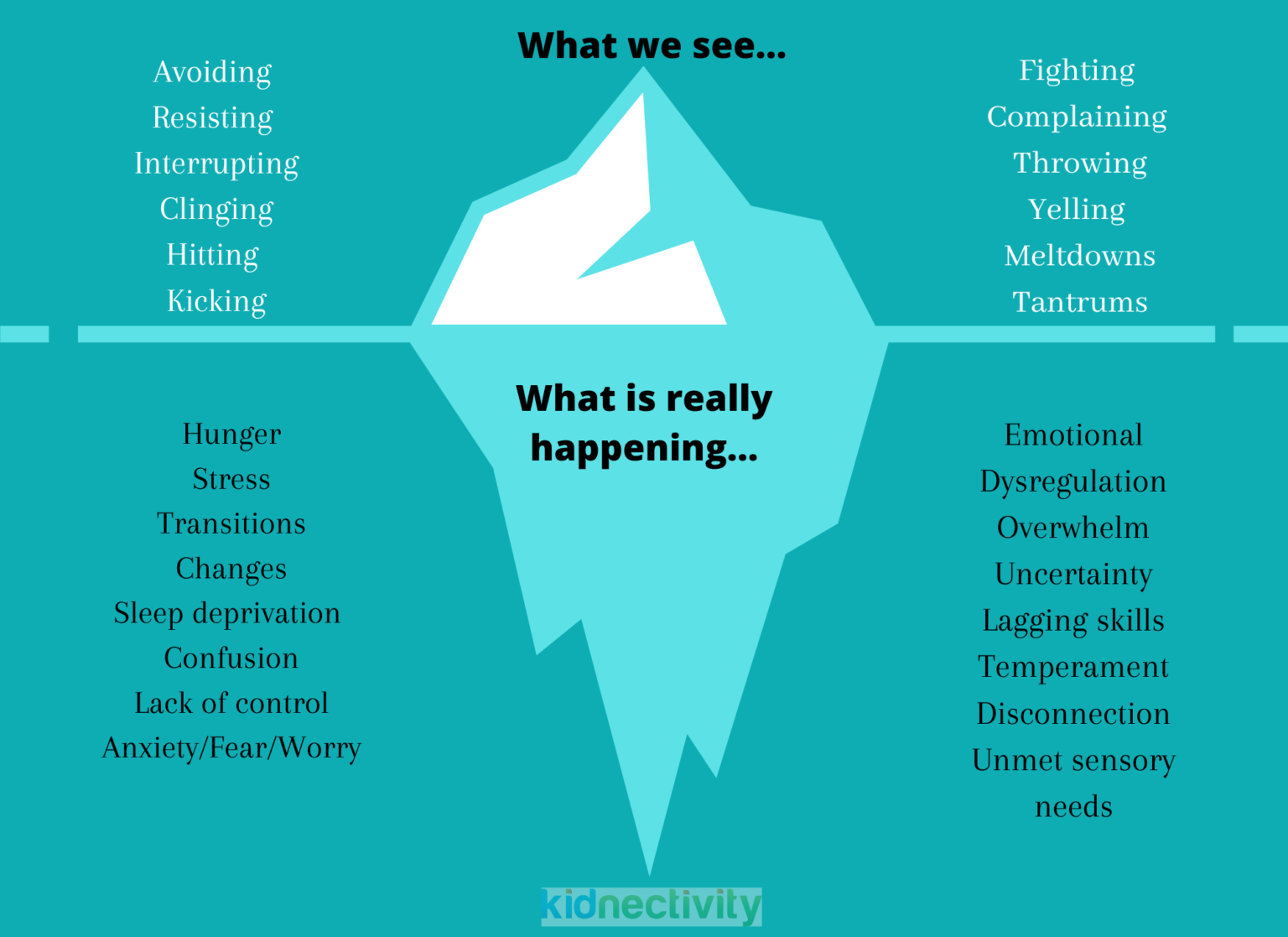
References:
Delahooke, M. (2019). Beyond behaviors: Using brain science and compassion to understand and solve children's behavioral challenges. PESI Publishing & Media.
Markham, L. (2013). Peaceful parents, happy kids. New York: Perigee Book.
Resources:
PDFs:
Tantrums, Tears, and Tempers: Behavior is communication
Books:
Peaceful Parent, Happy Kids: How to Stop Yelling and Start Connecting (The Peaceful Parent Series)
Beyond Behaviors - Mona Delahooke PhD
Podcast:
Consciously Parenting - All behavior is communication
Articles:
Calm the Chaos
We all know what it feels like to lose our cool, resulting in poor, impulsive decisions and actions …this is the same for our children! When we lose control, we become dysregulated, and we do not have access to all parts of our logical and reasoning brain. Our logical brain goes offline making it difficult to communicate and learn.
Dr. Daniel Siegel (2012) uses the analogy of an upstairs and downstairs brain to explain what is accessible in states of regulation versus dysregulation. When we are dysregulated, we are in our downstairs brain, and it makes it hard for us to communicate, handle frustration, calm down, adjust to change, and be ready to learn (Child Mind Institute, 2016). In this state we cannot effectively discipline our children, nor can our children effectively change their behavior.

As we calm down (self-regulate) our upstairs brain (prefrontal cortex) is able to use reasoning rather than impulsively react. Dr. Stuart Shanker, author of Self-Reg states, “Self-regulation is about identifying the causes and reducing the intensity of impulses and, when necessary, having energy to resist. … It is what makes self-control possible-or, as often happens, unnecessary.” (Shanker, 2016).
Self-regulation varies from day to day and needs to be modeled, observed, taught, and practiced. To address behavior and regulation with our children, begin by asking “why is my child behaving this way?”. Asking “Why” drives us to put our detective hats on while we investigate all the contributing factors that affect regulation and behavior.

References:
Pietro, S. (2016). How Can We Help Kids With Self-Regulation? Child Mind Institute; Child Mind Institute. https://childmind.org/article/can-help-kids-self-regulation/
Shanker, S., & Barker, T. (2016). Self-reg: how to help your child (and you) break the stress cycle and successfully engage with life. New York: Penguin Press.
Siegel, D. & Bryson, P. H. D. T. P. (2012). The whole-brain child. Random House.
Tough, P. (2012) How Children Succeed, Grit, Curiosity, and the Hidden Power of Character. Boston: Houghton Mifflin Harcourt.
Resources:
Emotions Worksheets for Children | Therapist Aid
12 Self-Regulation Strategies for Young Children | Heart-Mind Online
8 Guided Meditation Apps for Kids | Understood - For learning and thinking differences
Emotional Regulation | Reading Rockets
Books:
The Whole-Brain Child: 12 Revolutionary Strategies to Nurture Your Child's Developing Mind
PDF:
Refrigerator Sheet: The Whole-‐Brain Child by Daniel J. Siegel and Tina Payne
Websites:
Self-reg.ca - Dr. Stuart Shanker
Mental Health Coping Skills for Parents - Healthy Minds
How Can We Help Kids With Emotional Self-Regulation?
Self-regulation in children & teenagers
Videos:
Why Practicing Can Help with Emotional Regulation
Sesame Street- Mediation Skills
Articles:
Why Self-Regulation Is the Most Important Thing in the World
The Development of Self-Regulation across Early Childhood - PMC
Calling All Parent Detectives
An important question to ask ourselves … Is my child capable of behaving better?
Dr. Ross Greene, author of the Explosive Child, argues "kids do well if they can…[they] do not choose to exhibit concerning behaviors any more than a child would choose to have a reading disability.” (Greene, 1998, p.11). Instead of jumping in to fix behaviors, let’s become better parent detectives by diving into factors that affect behavior and self regulation.
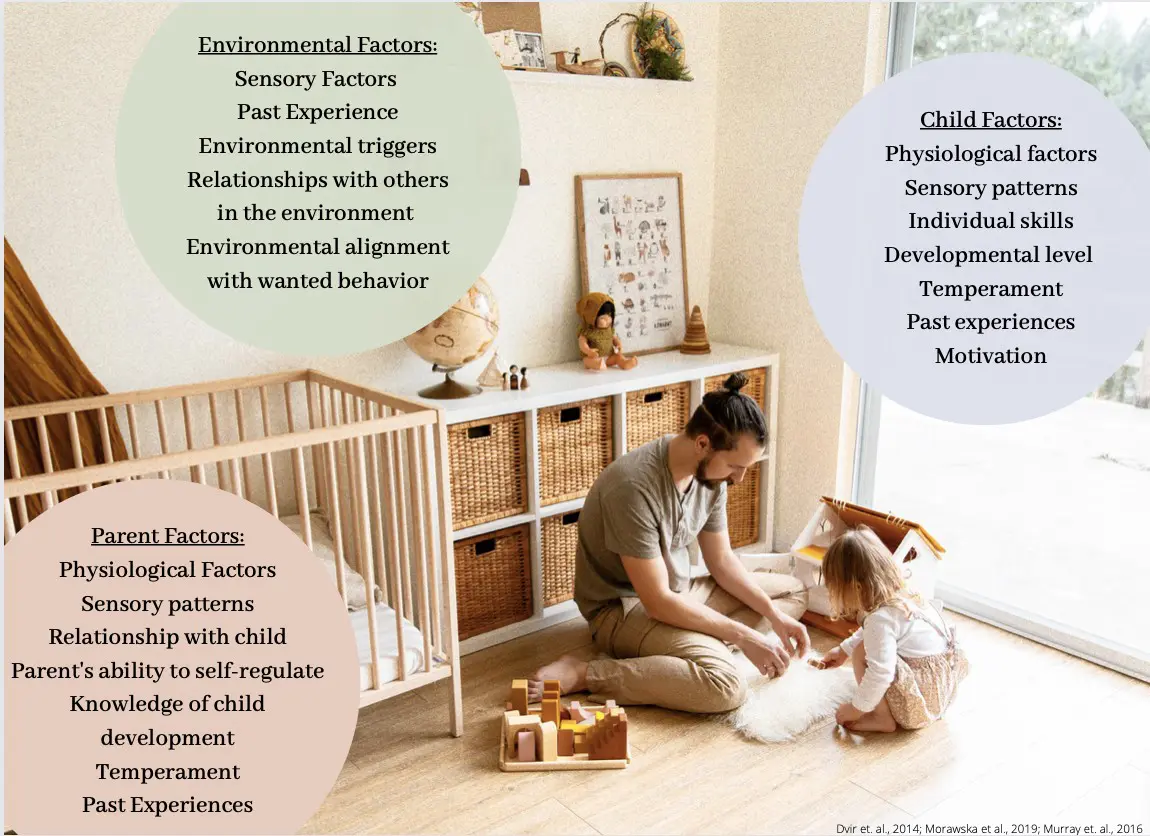

Basic needs such as sleep, nutrition, and overall health directly affect regulation and need to be taken into account when assessing behavior. Just like adults, children have a difficult time managing challenges and making good choices when basic needs have not been met.
Everyone’s personality/temperament is different. While some children might jump right into a new situation, others need time to watch and observe. When looking at your child's behavior, consider the similarities and differences between yourself and others.
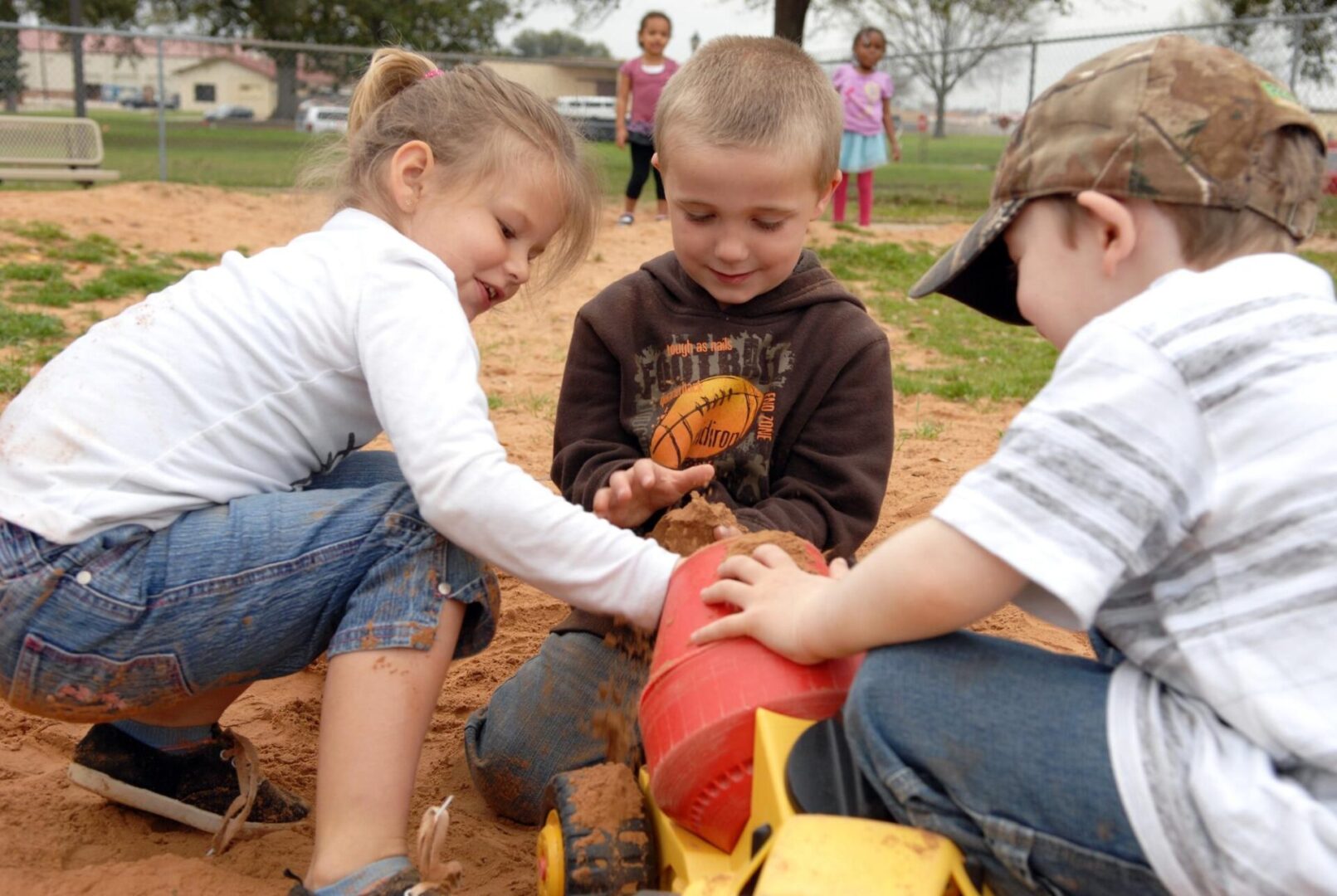
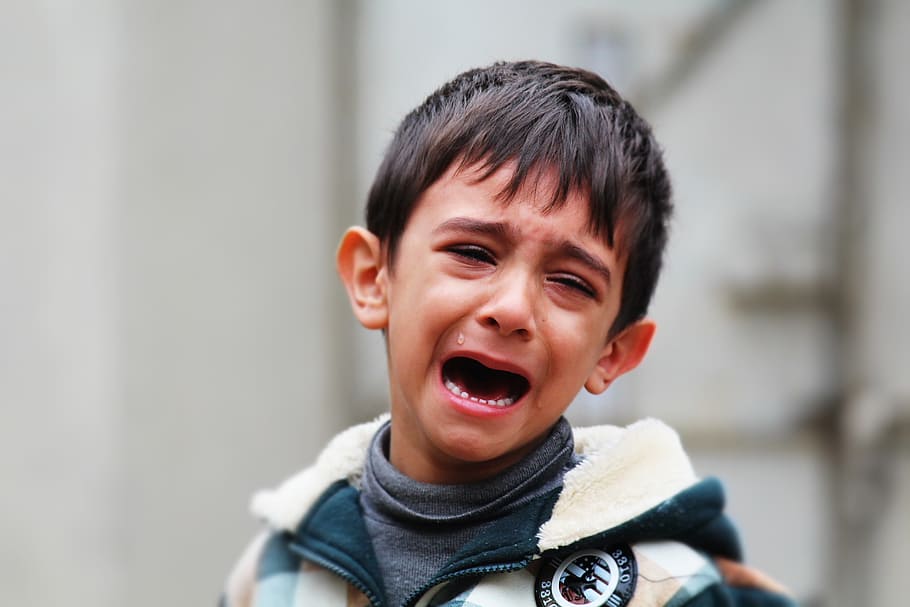
It is easy to understand why you may be reluctant to do something due to a painful memory, but it is more difficult to recognize negative experiences that may be affecting your child’s behavior. No matter how irrational the feelings around the memory may be, your child will always be better at handling the situation when given choices, support, and a degree of control.
Motivation matters, for us and our children. The more motivating the task is, the easier it is to get children to engage. There are different forms of motivation. The motivation that is internally driven (intrinsically based), such as interest, beliefs, and values, tends to last longer than extrinsically based motivation, such as rewards and sticker charts.

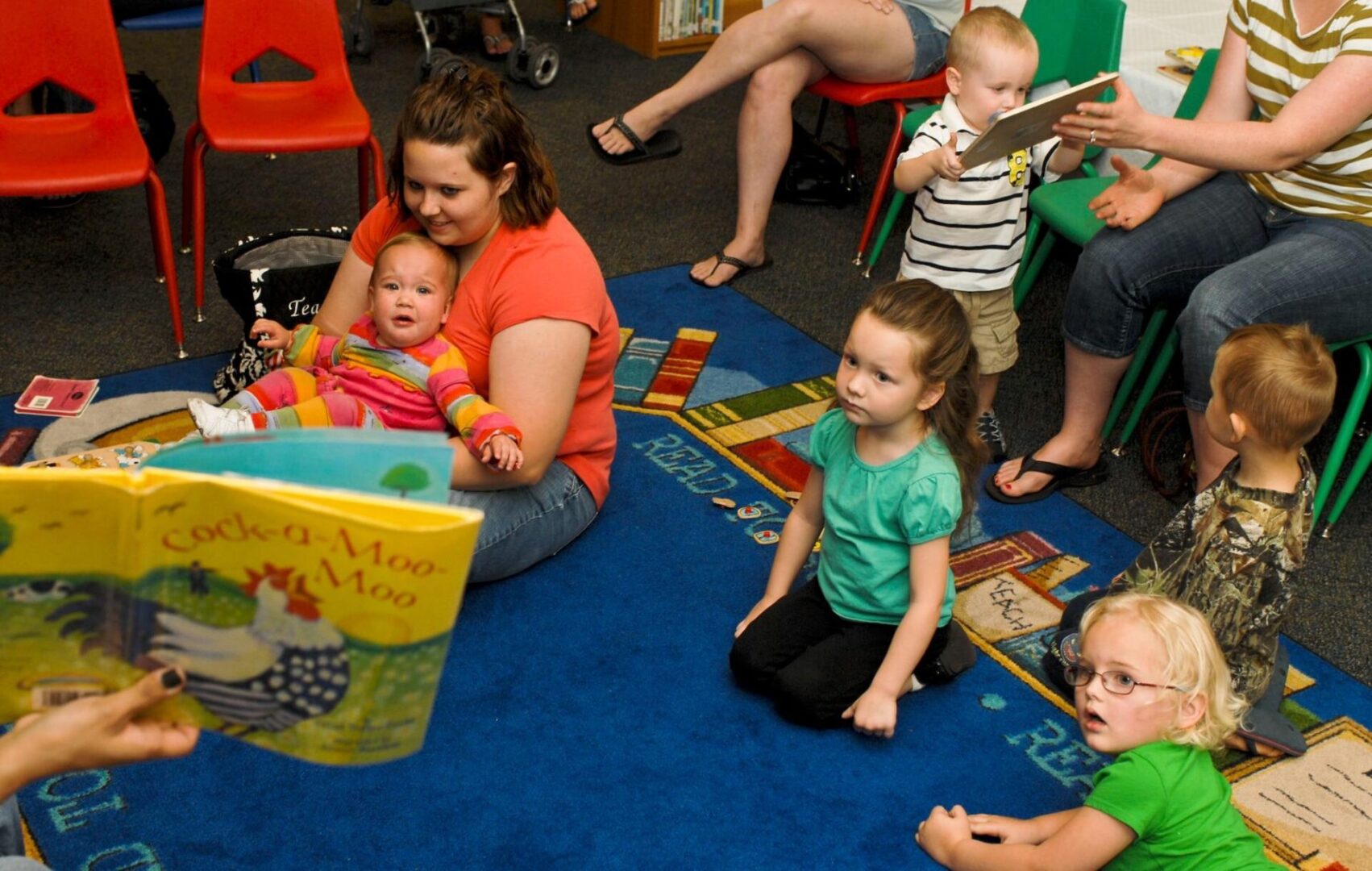
Individual skills and developmental level must always be taken into consideration when assessing our child’s behavior. As parents, we are asking for heartache if our preset expectation surpasses our child’s developmental level or skill. We create undue stress when we buy into the idea that our children should be able to do certain tasks based on others' expectations (i.e, grandparents, friends, society, etc.). Our expectations for children should be balanced between a child’s abilities providing the “just right” challenge to support incremental growth. Let’s stop comparing and move to connecting with our children.
Emotions are a significant factor that affects regulation and behavior at any age. Managing emotions is hard for both adults and children! By frequently discussing and exploring our feelings and emotions in everyday situations, we begin to demystify these emotions. Children need to know that there are no “bad” feelings and emotions. Also, they need to feel safe when communicating their feelings with at least one adult in their life.

References:
Greene, R. (1998). The Explosive Child: A New Approach for Understanding and Parenting Easily Frustrated, "chronically Inflexible" Children. New York: HarperCollins Publishers.
Dvir, Y., Ford, J., Hill M., & Frazier, J. (2014). Childhood maltreatment, emotional dysregulation, and psychiatric comorbidities. Harvard review of psychiatry, 22(3), 149.
Morawska, A. Dittman, C. & Rusby J. (2019) Promoting self-regulation in young children: The role of parenting interventions. Clinical child and family psychology review, 22(1), 43-51.
Murray, D., Rosanbalm, K., and Christopoulos, C. (2016). Self-regulation and toxic stress: Seven key principles of self regulation in context. OPRE Report#2016-39. Washington DC: Office of Planning, Research, and Evaluation, Administration for Children and Families, US. Department of Health and Human Services.
Resources:
Website:
Emotions & Behavior (for Parents) - Nemours KidsHealth
Articles:
Childhood Maltreatment, Emotional Dysregulation, and Psychiatric Comorbidities - PMC
Seven Key Principles of Self-Regulation and Self Regulation in Context
Why Do Kids Have Tantrums and Meltdowns? - Child Mind Institute
18 factors that influence children's behavior - Raising-independent-kids
Books:
Sensational Sensory Systems
Sensory systems...more important factors contributing to regulation and behavior!
Our sensory systems help us maintain regulated states and are foundational to learning new skills and participating in life. We all have sensory systems that require different levels of sensory input and activity to help our bodies get ready and be focused. As we improve awareness of our own and our child’s sensory needs, preferences, and/or sensitivities, we can increase our effectiveness as parents.
Keep in mind, as children develop they often need intense sensory experiences. When children's sensory needs are unmet and/or sensory sensitivities are disregarded, learning and self-regulation are difficult.
As we become better parent detectives, we can be responsive to our child's sensory needs and can learn to:
- Modify the environment
- Account for sensory differences
- Change our approach
- Adapt our expectations
Sensory Systems
As we explore each sensory system and its contribution to regulation and behavior, keep in mind your child’s unique sensory system. For each sensory system ask yourself, or take notes, when answering the following questions:
- Is your child able to use this sensory system effectively?
- Is your child sensitive to this sensory system?
- Does your child crave this type of sensory input.

The Visual System
Our VISUAL SYSTEM allows us to obtain quick information of our surroundings. It aids us in learning more about the environment. This system helps us with:
- Visual skills
- Ability to judge near and far space and distance
- Visual perception (making sense of what the eyes see)
- Eye contact
- Coordination of fine and large motor movements
- Non-verbal communication
Suggestions for “working out” the visual system:
- Finding items in piles
- Engaging in near/far vision activities
- Navigating from a map
- Catching/rolling ball
- Playing with a balloon
- Connecting the dots, mazes, and puzzles
- Making Origami
- Playing I-Spy

the auditory system
Our AUDITORY SYSTEM is used for hearing and responds 1000x faster than the visual system. It works with other systems to provide spatial and auditory information about our environment. This system helps us with:
- Auditory processing
- Recognizing sound location/spatial concepts (backward, near, far)
- Responding to auditory changes
- Analyzing different parameters of sound (duration, frequency, and tone)
- Verbal communication
Suggestions for “working out” the auditory system:
- Listening to different types of music
- Listening to environmental sounds without vision
- Playing a musical instrument
- Learning about rhythm
- Playing auditory games
- Using shaker bottles

the gustatory system
Our GUSTATORY SYSTEM houses our taste buds and are responsible for detecting taste, pain, and temperature. The signals of this system travel from our brain stem and are easily paired with emotions. This system helps us with:
- Eating a wide and varied diet
- Detecting texture of foods
- Trying new foods
- Distinguishing basic characteristics and flavors of foods
- Discriminating what is edible and not
- Tasting the temperature of foods
- Discerning the quality and intensity of foods
Suggestions for “working out” the Gustatory system:
- Role Modeling by eating a wide and varied diet
- Engage child in grocery shopping & meal prep
- Play with food
- Introducing changes in small increments
- Presenting colorful meals
- Experiment with various temperatures

the olfactory system
Our OLFACTORY SYSTEM has receptors that allow for rapid behavioral responses. Our sense of smell is also connected to our memory.
- Detecting odors
- Food selecting
- Tolerating daily environmental scents
- Connecting affective terms to an experience (pleasant or aversive)
- Staying alert
Suggestions for “working out” the olfactory system:
- Discuss about various scents in the environment
- Using essential oils
- Using scented projects/crafts (scented play-doh, scented markers, making scented candles etc.)
- Playing scratch and sniff activities
- Cooking with different ingredients
- Smelling spices in jars

the tactile system
Our TACTILE SYSTEM is housed within our skin. Our sense of touch, in collaboration with other systems, gives us a map of our bodies at all times. This system helps us with:
- Recognizing body awareness
- Identifying the quality of objects (texture, size, shape, etc.)
- Detecting which part of your body is being touched
- Recognizing danger (ie. feeling heat)
- Performing fine motor skills
- Using motor planning
Suggestions for “working out” the tactile system:
- Playing with messy materials (shaving cream, sand, etc.)
- Finger painting
- Making crafts with various objects
- Incorporating different textured objects
- Drawing on skin
- Playing with sensory bin
- Playing Ned's head (game)
- Swimming
- Building (i.e. obstacle courses, legos, crafts)
- Cooking or helping in the kitchen

The Introception System
Our INTROCEPTION SYSTEM is intertwined with the organs throughout your body. It is responsible for giving us the information regarding the internal condition of our body. This system helps us:
- Knowing when we are hungry, hot, thirsty, sleepy, etc.
- Knowing when to use the bathroom
- Knowing when we have muscle/stomach aches
- Staying emotionally regulated
- Detecting the emotions of others.
Suggestions for “working out” the introception system:
- Noticing and connecting body signals to emotions
- Creating a list of words to describe internal feelings
- Visualizing supports to support daily habit
- Reading social stories
- Using prompting and questions throughout the day that focus on interal body signals
- Practicing mindfulness with emphasis on body sensations

the vestibular system
Our VESTIBULAR SYSTEM is housed in our inner ear. It allows us to coordinate movement needed for balance and posture. This system helps us:
- Balance
- Posture
- Muscle tone
- Bilateral coordination
- Motor planning
- Alertness
Suggestions for “working out” the vestibular system:
- Swinging, spinning, bouncing, rocking, dancing
- Slides
- Scooter board activities
- Matching games
- Sports
- Balancing activities
- Blowing bubbles
- Crossing midline
- Yoga, gymnastics, swimming
- Ball play (ie. catching, throwing, batting)
- Free play with sports skills (ie. soccer, basketball, tennis, volleyball, lacrosse, hockey, etc…)

the proprioceptive system
Our PROPRIOCEPTIVE SYSTEM is housed within our joints. Proprioceptive input is provided when our joints are compressed. This system helps us with:
- Body awareness
- Posture
- Coordination
- Self-regulation
- Grading the pressure of objects and movement.
Suggestions for “working out” the proprioceptive system:
- Climbing, jumping, running, pushing and pulling,
- Animal walks (bear, crab, etc.)
- Jump rope
- Squeezing (stress ball, playdoh, etc.)
- Pillow fights
- Monkey bars
- Chewing resistive foods
- Swimming
- Working out
- Lifting heavy objects
Resources:
Website:
Resources, Tips & Downloadable Flyers | STAR Institute
Momentum Pediatric Therapy Network
Parent Toolkit | The Spiral Foundation
Learn Sensory Integration Basics-Pathways
Free printable resources:
Free Sensory Exclusive Library
Books:
Sensory Integration and the Child by Jean Ayers
Love, Jean: Inspiration for Families Living with Dysfunction of Sensory Integration
The Out-of-Sync Child - Recognizing and Copying with Sensory Processing Disorder
What do we do now?
Virginia Satir, a pioneering family therapist says, “We need four hugs a day for survival. We need eight hugs a day for maintenance. We need twelve hugs a day for growth.” The point is, daily emphasis of parenting needs to be placed on connecting. To maintain a healthy relationship with our kids, we need …
5 positive interactions for every one negative one.
The Magic 5:1 ratio comes from John Gottman’s research with adults but is easily applied to the relationship with our children (Benson, 2021).
How many times have you corrected and/or disciplined your child only to make matters worse?
Effective parenting is about teaching, not controlling (Siegel & Bryson, 2016). When we interact with our children in a connected and supportive manner we have the potential to help children make better and more responsible choices.
Effective parenting helps children develop:
- Self-regulation: Maintaining an organized state during stressful events.
- Insight: Understanding of big feelings and behaviors in difficult situations.
- Empathy: Reflect on how their actions affect others.
- Awareness: Analyzing and reflecting on what can be done differently in the future and what can be done now to repair the situation.
(Stuart Shanker, 2016; Siegel & Bryson, 2016)
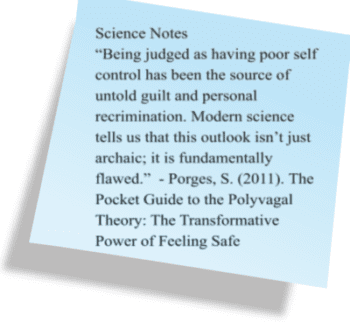
References:
Artuch-Garde, R., González-Torres, M. D. C., de la Fuente, J., Vera, M. M., Fernández-Cabezas, M., and López-García, M. (2017). Relationship between resilience and self-regulation: a study of Spanish youth at risk of social exclusion. Front. Psychol. 8:612. doi: 10.3389/fpsyg.2017.00612
Benson, K. (2021). The Magic Relationship Ratio, According to Science. The Gottman Institute. https://www.gottman.com/blog/the-magic-relationship-ratio-according-science/
Shanker, S., & Barker, T. (2016). Self-reg: how to help your child (and you) break the stress cycle and successfully engage with life. New York: Penguin Press.
Siegel D. & Bryson, T. (2016). No Drama Discipline: The whole-brain way to calm the chaos and nurture your child’s developing mind. Bantam.
Porges, S. (2011). The Pocket Guide to the Polyvagal Theory: The Transformative Power of Feeling Safe.
Resources:
Website:
Videos:
Virginia Satir on Raising Children Who Value Themselves
Article:
How to Bond with Your Child by Sharing Fondness and Admiration
Parent Child Relationship, Why its Important
Transformational change - Based on the model of Virginia Satir
Emotional Intelligence Creates Loving and Supportive Parenting
Turn Toward Your Child to Nurture Intimacy
Books:
Brain-Body Parenting: How to Stop Managing Behavior and Start Raising Joyful, Resilient Kids
No-Drama Discipline: The Whole-Brain Way to Calm the Chaos and Nurture Your Child's Developing Mind
Thrivers: The Surprising Reasons Why Some Kids Struggle and Others Shine
Parenting Headquarters
A good place to start to affect your child’s behavior and decrease the stress of parenting is pausing… pause for a moment to breathe and take inventory of our own lives.
As Ferris Bueller says…“Life moves pretty fast. If you don’t stop and look around once in a while you could miss it.”
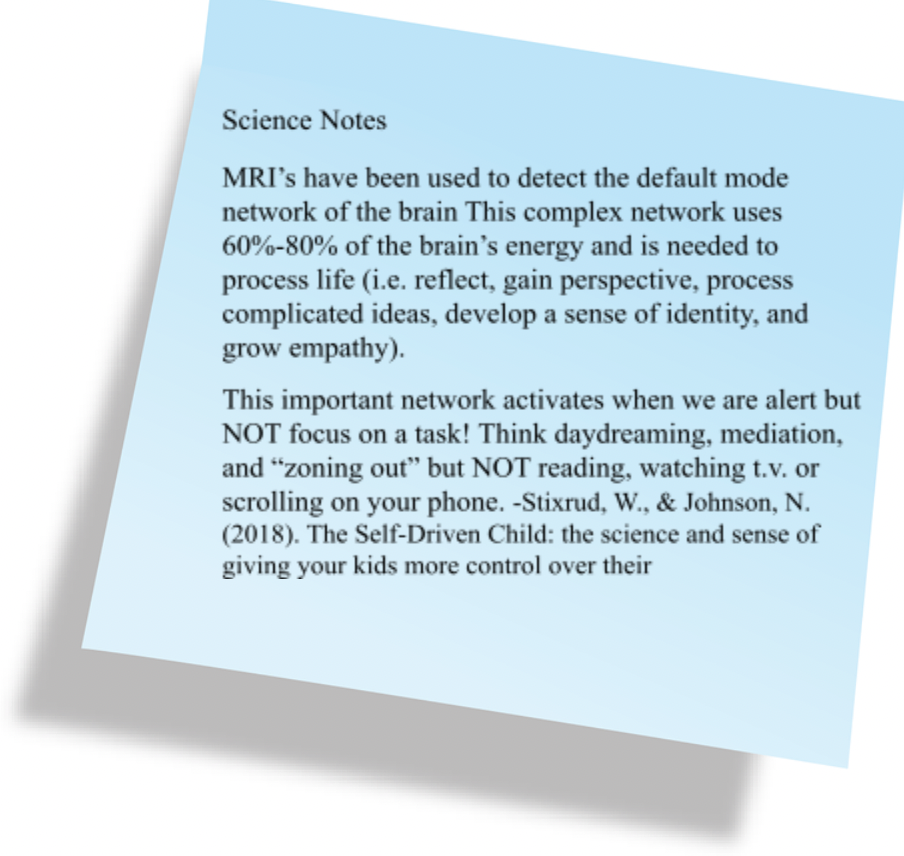
We couldn’t agree more. Yes, life is fast, and we are frequently on the surviving and reacting track. This track may be needed for the world we live in, but is not beneficial for our general health nor does it help us parent. It’s hard to connect and teach our children how to self regulate if we ourselves are on autopilot or moving 100 miles an hour.
Take time for yourself, do what you need to do to be ready and able to connect with your child on a regular basis.
This could be as small as:
- Connecting with your breath or counting before responding
- Taking breaks to reflect (i.e., walk, bath, coffee, etc..)
- Socializing with friends
- Prioritizing exercise
- Doing yoga or meditation apps and/or classes
- Practicing mindfulness activities
- Anything you can think of that fills your bucket or places money in the metaphorical emotional bank
With a little “money in the bank” we can begin building a safe home base for our kids. The Self-Driven Child touches on this idea, “For children who are stressed at school or in other parts of their lives, home should be a safe haven, a place to rest and recover. When kids feel that they are deeply loved even when they are struggling, it builds resilience.” It is here in our safe house that we begin the first steps in effective parenting …co-regulation.
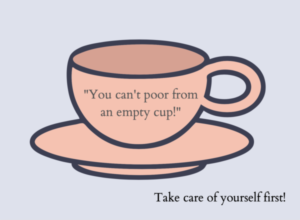
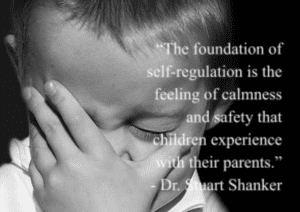
Co-regulation is the loving interaction from an adult that provides the support, guidance, and modeling children need to grow and learn. When your child begins to have a meltdown or is already in the thick of things, it is our job to share our calm, instead of joining their chaos. Co-regulation grows a deep connection that helps your children “freely, even enthusiastically, cooperate when they believe we are on their side.” Dr. Laura Markham, Peaceful Parenting, Happy Kids.
References:
Markham, L. (2013). Peaceful parents, happy kids. New York: Perigee Book.
Murray, D., Rosanbalm, K., and Christopoulos, C. (2016). Self-regulation and toxic stress: Seven key principles of self regulation in context. OPRE Report#2016-39. Washington DC: Office of Planning, Research, and Evaluation, Administration for Children and Families, US. Department of Health and Human Services.
Siegel D. & Bryson, T. (2016). No Drama Discipline: The whole-brain way to calm the chaos and nurture your child’s developing mind. Bantam.
Stixrud, W., & Johnson, N. (2018). The Self-Driven Child: The Science and Sense of Giving Your Kids More Control Over Their lives. Viking.
Vernon-Feagans, L., Willoughby, M., Garrett-Peters, P., & Family Life Project Key Investigators (2016). Predictors of behavioral regulation in kindergarten: Household chaos, parenting, and early executive functions. Developmental psychology, 52(3), 430–441.
Resources:
Peaceful Parent, Happy Kids: How to Stop Yelling and Start Connecting (The Peaceful Parent Series)
PDFs:
Talking with preschoolers about emotions
Articles:
Managing Your Own Emotions: The Key to Positive, Effective Parenting • ZERO TO THREE
Books:
Thrivers: The Surprising Reasons Why Some Kids Struggle and Others Shine
Self-reg.ca - Dr. Stuart Shanker
Little kid, BIG emotions
Childhood is filled with big emotions! This is to be expected as your child develops.
All emotions are okay- there is no such thing as a “good” or “bad” emotion. While it’s uncomfortable to watch our children go through ‘difficult’ feelings like sadness, anger, anxiety or loneliness, it’s important to resist the urge to try to fix, distract, or make our children's feelings go away.

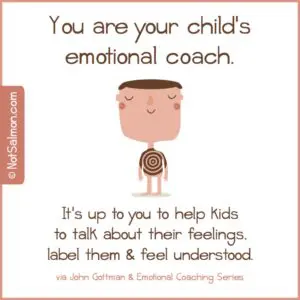
Instead of “dismissing and denying” a child’s feelings, we can support them in identifying and expressing their feelings so they feel heard, understood, and validated, even if the emotion seems unreasonable to us (Siegel and Bryson, 2012). Sometimes parents avoid discussing big emotions with the thought that doing so will only reinforce the difficult feelings. Emotions can be confusing for children and discussing them can make them less so. Discussing emotions can help normalize them, identify them, and learn how to respond to the big emotions when they happen again (and they will!).
Dr. Daniel Siegel, author of The Whole Brain Child, developed a strategy called “Name It to Tame It” to help caregivers navigate big emotions. The idea is to support, model and teach your child in naming the overwhelming emotion through words in order to calm them. Naming the emotion and putting a label to what your child is feeling has a “taming” effect, as your child can share their experience and feel heard and understood. All this helps a child make sense and feel more in control of the situation.
Reading books is also a wonderful way to introduce emotional vocabulary that helps children identify and understand their emotions. Books about feelings can help children learn how to identify emotions, what an emotion might feel like, and that all feelings are okay. It gives kids opportunities to see emotions from the facial and body language of characters in stories and learn how those characters manage their emotions. This process helps children begin to recognize these emotions in themselves.

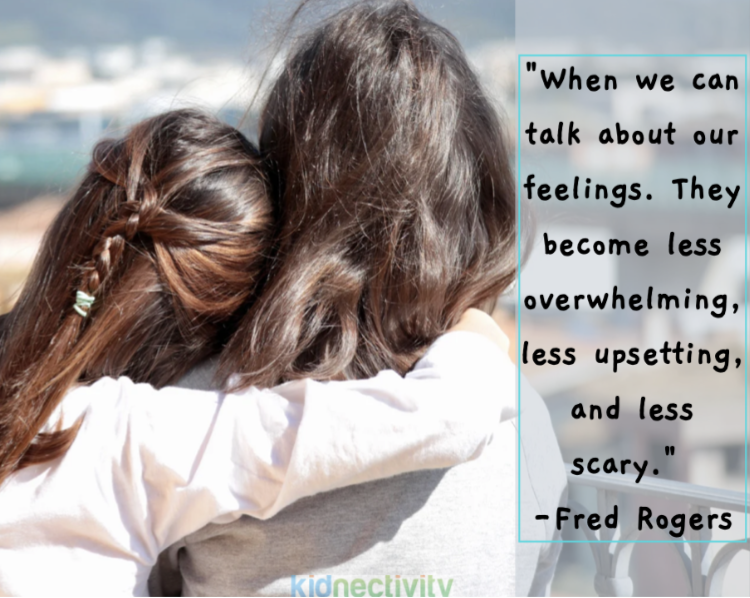
Once the concepts about emotions have been introduced, parents can continue to infuse emotional literacy into daily life by:
- Expressing and labeling their own feelings
- Identifying feelings in others
- Helping their child name their own emotions.
Helping children understand emotions, access language to express themselves, and begin to learn strategies for how to respond to those feelings is foundational to positive behavior and self-regulation.
Reference:
Siegel, D. & Bryson, P. H. D. T. P. (2012). The whole-brain child. Random House.
Resources:
Website:
Storytime: Exploring our Feelings | Heart-Mind Online
Helping kids identify and express feelings | Kids Helpline
Videos:
Feelings and Emotions - YouTube
Articles:
Fostering Emotional Literacy in Young Children: Labeling Emotions | ECLKC
Dr. Dan Siegel: If you can name it, you can tame it
Name It to Tame It: Labeling Emotions to Reduce Stress & Anxiety
Understanding the Stages of Emotional Development in Children | Rasmussen University
Why and How to Talk to Kids About Emotions - Raising-independent-kids
Books:
A Little SPOT of Feelings: Emotion Detective
In My Heart: A Book of Feelings (Growing Hearts)
The Rabbit Listened Hardcover - Cori Doerrfeld
The Boy with Big, Big Feelings (The Big, Big)
Hey Awesome: A Book for Kids about Anxiety, Courage, and Being Already Awesome Hardcover
My Body Sends a Signal: Helping Kids Recognize Emotions and Express Feelings
What Do You Do With a Problem? — New York Times best seller: Kobi Yamada, Mae Besom
Find Your Calm: A Mindful Approach To Relieve Anxiety and Grow Your Bravery
Redefining Discipline
Remember discipline when we were younger? … Well, a lot has changed! There have been explosions of knowledge in every field and parenting is no exception.
In the 1950’s, child development ideas were dominated by behaviorist’s advice to parents to not ‘spoil’ infants by picking them up or comforting them too much when they cried.
By the 1960's science had begun to return to seeing the positive effects of early nurturing.
In the 1970’s a study was started in a local public health clinic in Minneapolis on first time pregnant women and their children by Bryon Egeland and Alan Sroufe.
2005, 30 years later, Egeland and Sroufe summarize the long lasting effects of early parent and child relationship in The Development of The Person. “Children with secure attachment early were more socially competent throughout their lives: better able to engage with preschool peers, better able to form close friendships in middle childhood, better able to negotiate the complex dynamics of adolescent social networks.” (Tough, 2012).
Today, science continues to find support for raising connected and less stressed children.
Connection is key to a child’s success in life, discipline should not erode it.
When we hear the word discipline, we are possibly brought back to our own childhood experiences, where discipline was used as punishment for “bad” behavior. Punishment assumed that we purposely engaged in negative behavior and had the skills to act differently.
We now know that children do not “choose” to misbehave, their behavior is a result of multiple components outside their control (communication skills, numerous factors, unmet sensory needs, caregiver’s behavior).
Quite frequently, discipline is confused with punishment. Punishment increases feelings of humiliation, guilt, and shame, resulting in increased stress and anxiety. This puts us on the fast track for making poor decisions; It’s hard to make good choices when you are stressed.


Brene Brown, in Atlas of the Heart, references Linda Hartling’s work on humiliation…“ … humiliation can trigger a series of reactions, including social pain, decreased self-awareness, increased self-defeating behaviors, and decreased self-regulation, that ultimately leads to violence. … humiliation is not only the most underappreciated force in international relations, it may be the missing link in the search for root causes of political instability and violent conflict … perhaps the most toxic social dynamic of our age”
In our journey to discipline our children, remember:
Kids that feel “bad” usually make “bad” decisions.
Key points in establishing effective discipline:
- To change behavior, children need to feel safe and loved.
- Discipline should NOT cause physical pain, scare, nor include threats or humiliation.
- Discipline is about teaching, not controlling your child or their behavior.
- Setting clear and consistent boundaries can help your child succeed.
- Effective discipline helps children make more responsible choices
(Siegel et al., 2016)
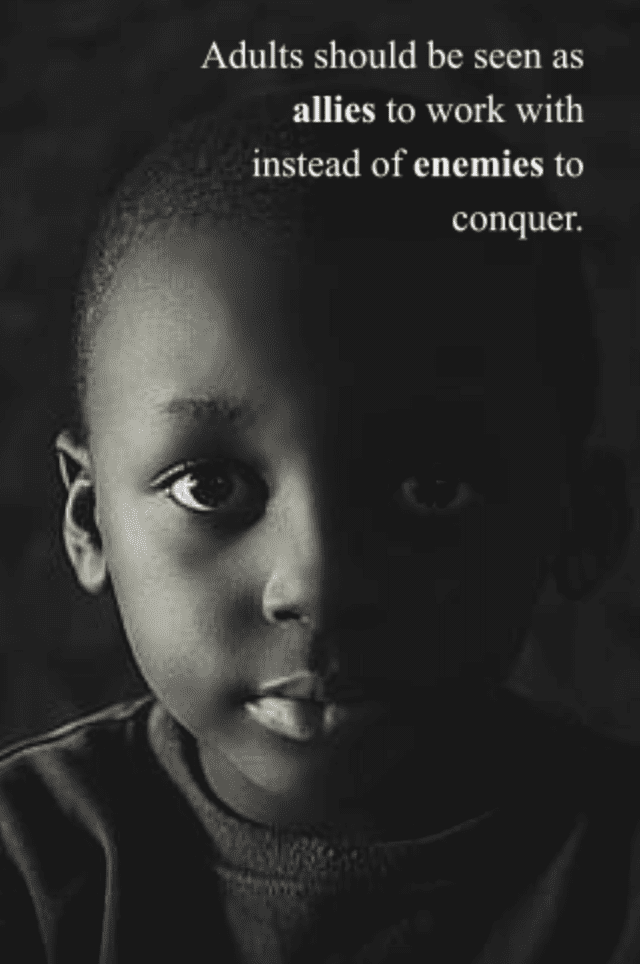
Discipline is about teaching children ways to adapt their behavior to get a desired result in an appropriate way. Choose to look at discipline as a way to teach your child right from wrong by helping them learn and reflect on their behavior. Once children are regulated and are able to communicate, you have the opportunity to help them develop insight on feelings and behavior, empathy, and awareness on what can be done differently in the future.
References:
Havighurst, S., Wilson, K., Harley, A., Kehoe, C., Efron, D., & Prior, M. (2013). “Turning into Kids”: Reducing young children’s behavior problems using an emotion coaching parenting program. Child Psychiatry & Human Development, 44(2), 247-264.
Markham, L. (2013). Peaceful parents, happy kids. New York: Perigee Book.
Siegel D. & Bryson, T. (2016). No Drama Discipline: The whole-brain way to calm the chaos and nurture your child’s developing mind. Bantam.
Stixrud, W., & Johnson, N. (2018). The Self-Driven Child: The Science and Sense of Giving Your Kids More Control Over Their lives. Viking.
Tough, P. (2012) How Children Succeed, Grit, Curiosity, and the Hidden Power of Character. Boston: Houghton Mifflin Harcourt.
Resources:
Books:
No-Drama Discipline: The Whole-Brain Way to Calm the Chaos and Nurture Your Child's Developing Mind
Peaceful Parent, Happy Kids: How to Stop Yelling and Start Connecting (The Peaceful Parent Series)
PDFs
A Note to Our Child's Caregivers: Our Discipline Approach in a Nutshell You
CONNECT AND REDIRECT REFRIGERATOR SHEET No-‐Drama Discipline by Daniel J.
Videos:
MONTESSORI AT HOME: Positive Discipline
Articles:
Natural Consequences: Redefining Punishments for Kids | Parents











